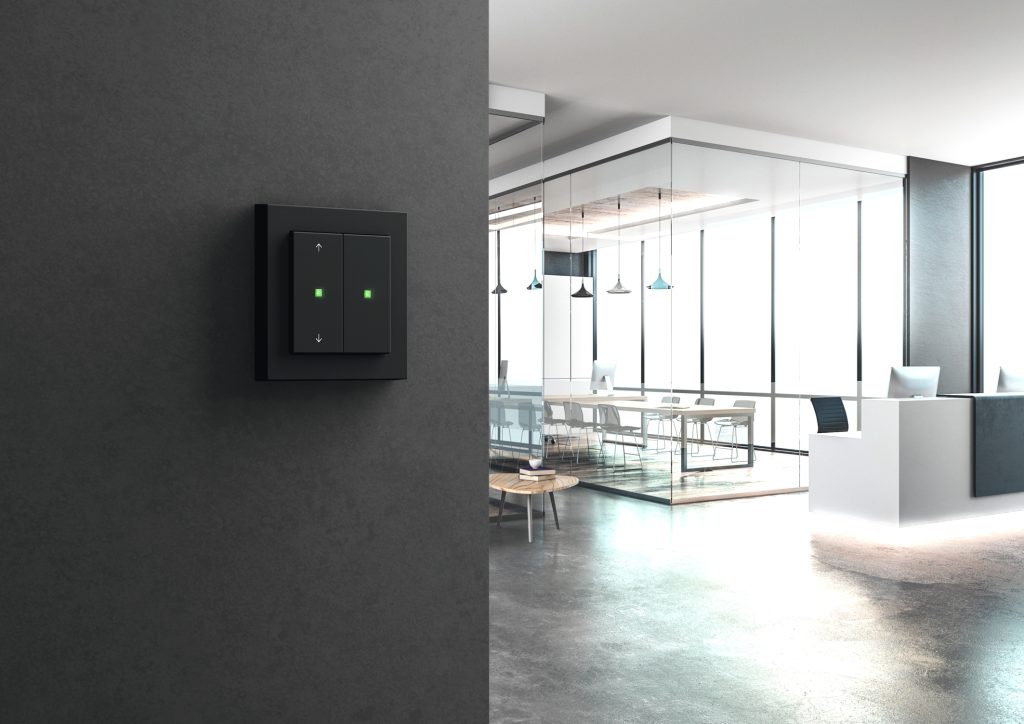Gira, one of the world’s leading full-range suppliers for intelligent building design and management offers new design freedom for the modern home with the launch of new Gira KNX RF top units.
A wired Smart Home system included right from the start of the design phase is now part of the high standard in new construction projects. Yet, in existing buildings, more and more owners are also looking to install the latest building and control technology.
However, many are put off by the effort involved in installing the BUS cable. For electricians, this is a time-consuming task: walls must be laboriously prised open and replastered, which means noise and dirt. Gira now has a solution to avoid all of this.
As a provider of high-quality electrotechnical solutions, Gira recommends its wireless KNX RF system. With little effort, it can be used to remotely and intelligently control lights, blinds, heating, scenes, etc. in buildings. For this, the Gira KNX RF system simply uses the 230 V installation available in every building and the flush-mounted inserts of the Gira System 3000. And connecting Gira KNX RF products to wired KNX installations to expand existing systems is now also quick and easy. Data security is guaranteed by the KNX Secure standard.
Installing a KNX RF Smart Home system is easy: the innovative KNX RF operating top units are simply plugged into the Gira System 3000 inserts. Customers can then use this to control lighting, blinds, room temperature and scenes. Compatibility with the Gira System 3000 ensures the greatest possible range of functions. The actuator technology is integrated in the System 3000 inserts and thus offers a wide range of applications.
And for walls without power lines, battery-operated KNX RF pushbutton sensors can be mounted to ensure operation. These wireless wall transmitters can be mounted, screwed or glued anywhere, as they require no mains or bus cable. The pushbutton sensors can be configured in various ways via ETS – just like the operating top units.
A matching Gira KNX RF hand-held transmitter can also be used for operation. Lastly, system start-up also takes place remotely: the installer simply connects the KNX RF data interface (USB stick) to the notebook on which ETS is installed. The advantage here is that there is no longer a need to go to the control cabinet; instead, the system can be set up conveniently from anywhere in the building.


